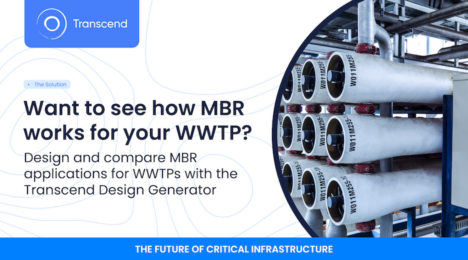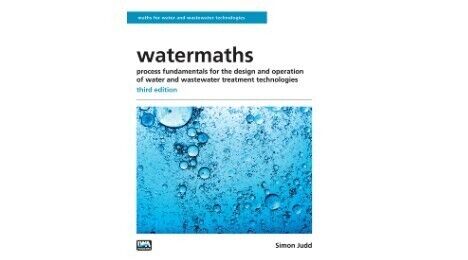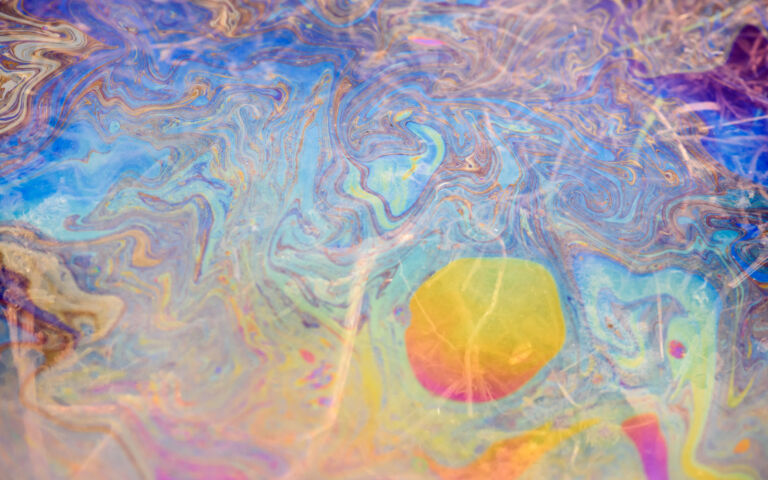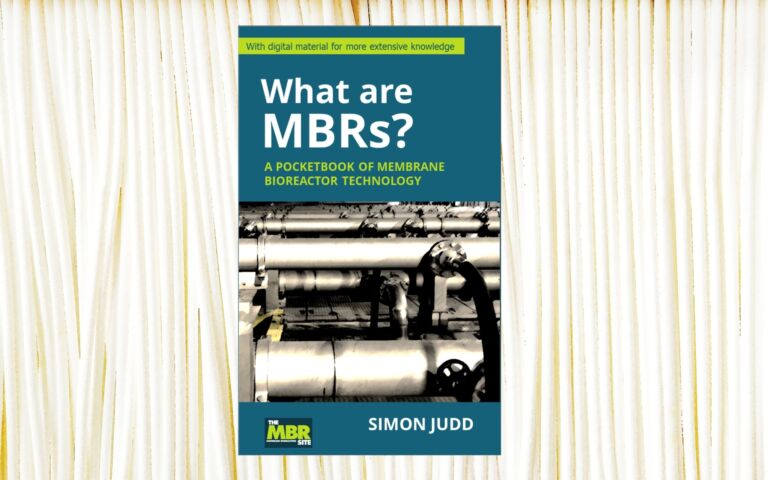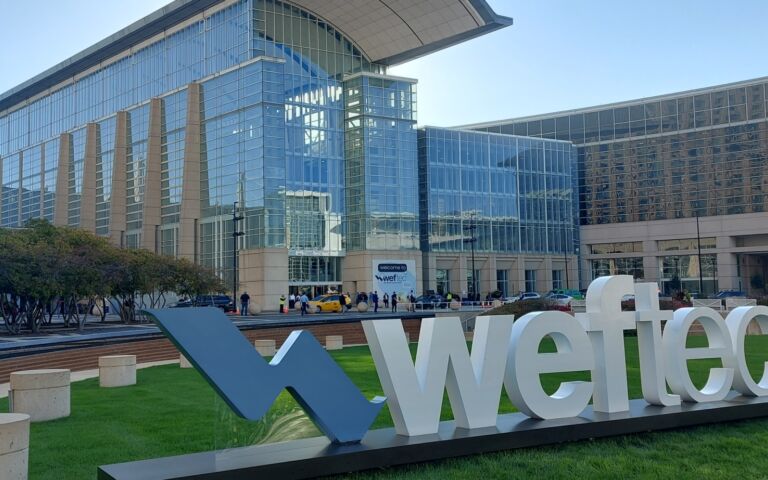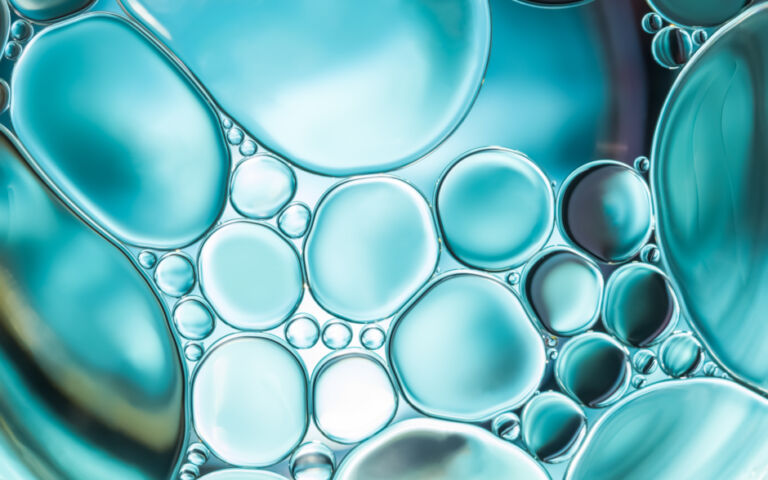Pathogens: bacteria and viruses (disinfection)

Disinfection
Disinfection is the substantial removal or inactivation of pathogenic (or disease-causing) micro-organisms, or pathogens, normally by several orders of magnitude.
The most widespread method of disinfection, employed in potable water treatment, is chemical disinfection by chlorination. Other chemical methods include ozonation and chlorammination. These chemical methods all operate by attacking the pathogen cell wall.
An alternative method is UV irradiation, which stops the pathogen from reproducing by attacking the DNA. Membranes disinfect by physically removing the pathogens. UV and membrane technology both offer the advantage of generating no chemical by-products, unlike the chemical methods and chlorination in particular.
Pathogen removal by biological wastewater treatment
As with particulate solids and colloidal material, a key advantage offered by MBRs over the conventional activated sludge (CAS) process is the ability of the membrane to substantially reject microorganisms, including colloidal materials, provided a cake layer has formed on the membrane surface. Historically, pathogens, or species indicating their presence (‘indicators’), have been key contaminants measured in potable water production and water reuse.
Similar to micropollutants and other contaminants, retention of the pathogen by the MBR takes place by both rejection by the membrane and adsorption onto the surface of the mixed liquor suspended solids (MLSS). Whilst some research has demonstrated breakthrough of particles of similar proportions to viruses, which can be as small as 20 nm in size, into the MBR permeate, viruses are predominantly associated with the MLSS − particularly in high-SS environments such as mixed liquors (Haun et al, 2014). Since the solids are almost completely rejected by the membrane, the overall removal of viruses is correspondingly high.
Other microorganisms routinely measured for assessing rejection of pathogens are the bacteria E Coli, a key indicator of around 1−2 µm in size, and protozoa such as giardia and cryptosporidia (>4 µm). These are both significantly larger than the pores of the membrane – even without the cake layer – and would therefore be expected to be completely rejected unless the membrane has lost its integrity.
Pathogen removal is normally expressed as the log removal value, or LRV, which is the log of the ratio of the pathogen concentration in the feed to that in the permeate. LRVs of between 1.5 and 8.5 have been reported for a range of pathogens for municipal wastewater treated by a full-scale, mature hollow fibre MBR.
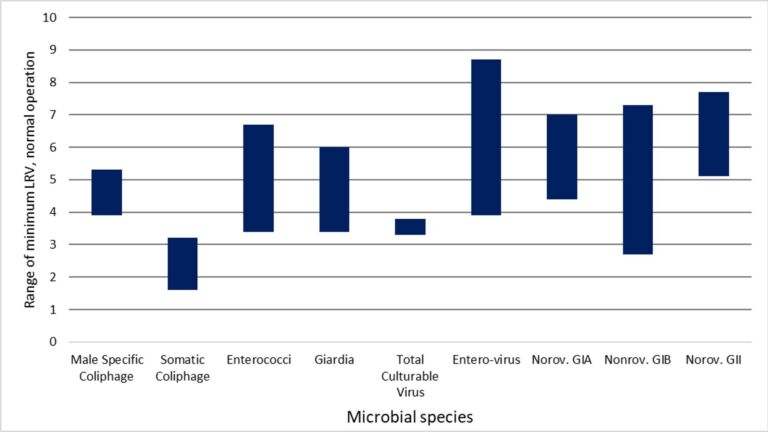
Whilst the LRV is simple and unambiguous in its definition, it cannot easily be accurately measured when concentrations of pathogens in the permeate are below the limit of detection of the method used. Moreover, the more sensitive molecular methods used for determining microbial concentrations cannot distinguish between active and inactive species. Finally, ambient levels of pathogens in the influent, required to determine the required LRV, are often unknown and have to be assumed or inferred from other data which may not apply to the site of interest.
The risk of pathogen breakthrough for specific unit processes can be determined by quantitative microbial risk assessment (QMRA), which requires extensive data sets for both the source water pathogen concentrations and the performance of the unit process. In particular, data on the likelihood, nature and impact of process failure (or 'hazard events') on downstream pathogen levels is required. Although guidelines have been provided for its methodology, applying QMRA in practice is challenged by a lack of consensus on a number of issues related to:
- the determination of the LRV,
- the probable LRVs achieved by specific technologies (including MBRs), and
- the specific risk parameter(s) used to determine human health impacts.
There is, nonetheless, no significant practical evidence of a substantial risk to human health from residual pathogens in drinking water which has been reclaimed from municipal wastewater. The energy consumption for recovering water from this source is also substantially lower than that from desalinating seawater.



